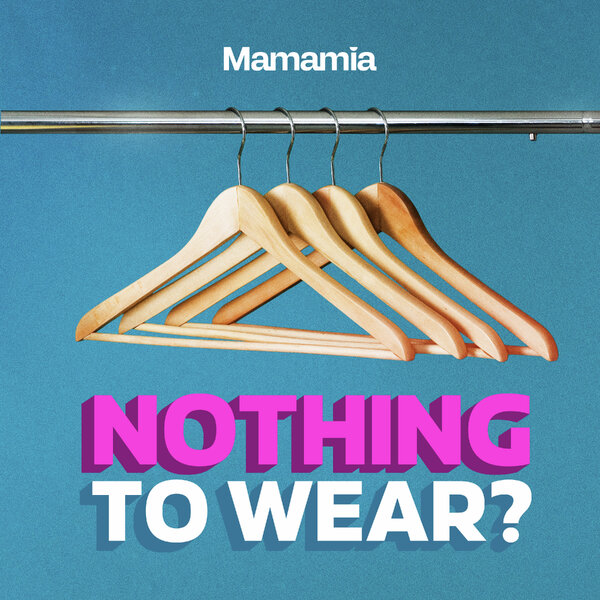We’ve all thought about running away to join the circus.
Everyone has had that dream of one day joining the circus, uprooting your whole life to hang out with the lions and tigers and bears (Oh my).
How did you envision it? Being an acrobat?
Your life on the road, filled with adrenaline, constantly fun. You’d be so flexible and you’d experience the closest thing to flying if you took up trapeze. You’d be best mates with an elephant and a monkey and you’d despise your ring master…
Here’s the best news: it’s actually better than you thought it would be.
Imagine African acrobats who keep you on the edge of your seat while they defy science, gravity and the human body – to a soundtrack of African musicians and singers with the energy of a bucket full of Duracell batteries.
Cirque Africa has just made its way down under and I saw it last week – it’s explosive and colourful and freakin’ amazing to watch. I wanted to know what it was like to be an acrobat in the circus so I spoke to some of the performers to find out.
Lidiya Dawed comes from Addis Ababa, Ethiopia and she initially became interested in joining the circus after watching circus videos and being fascinated by them.
“I am proud to be one of the best acrobats chosen from Ethiopia and love being with all the cast members from different countries,” she tells Mamamia.





























































































